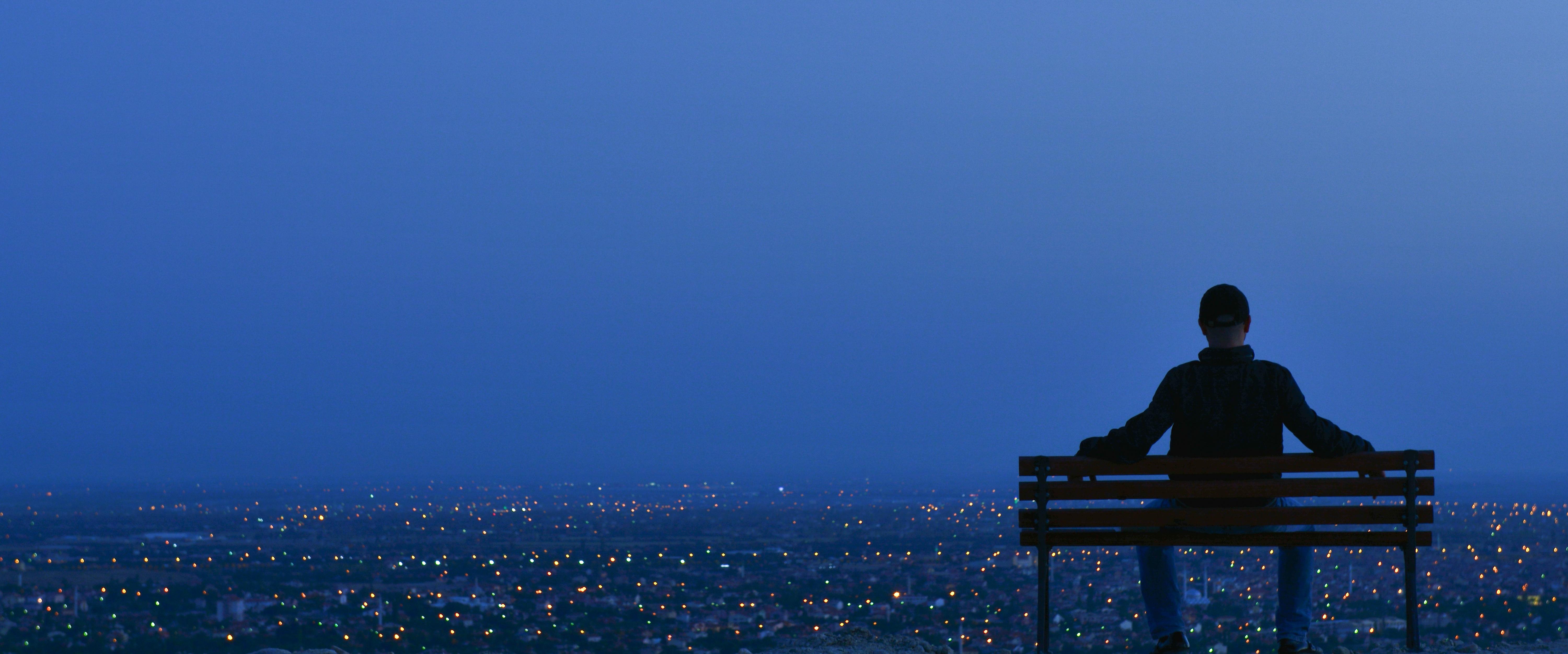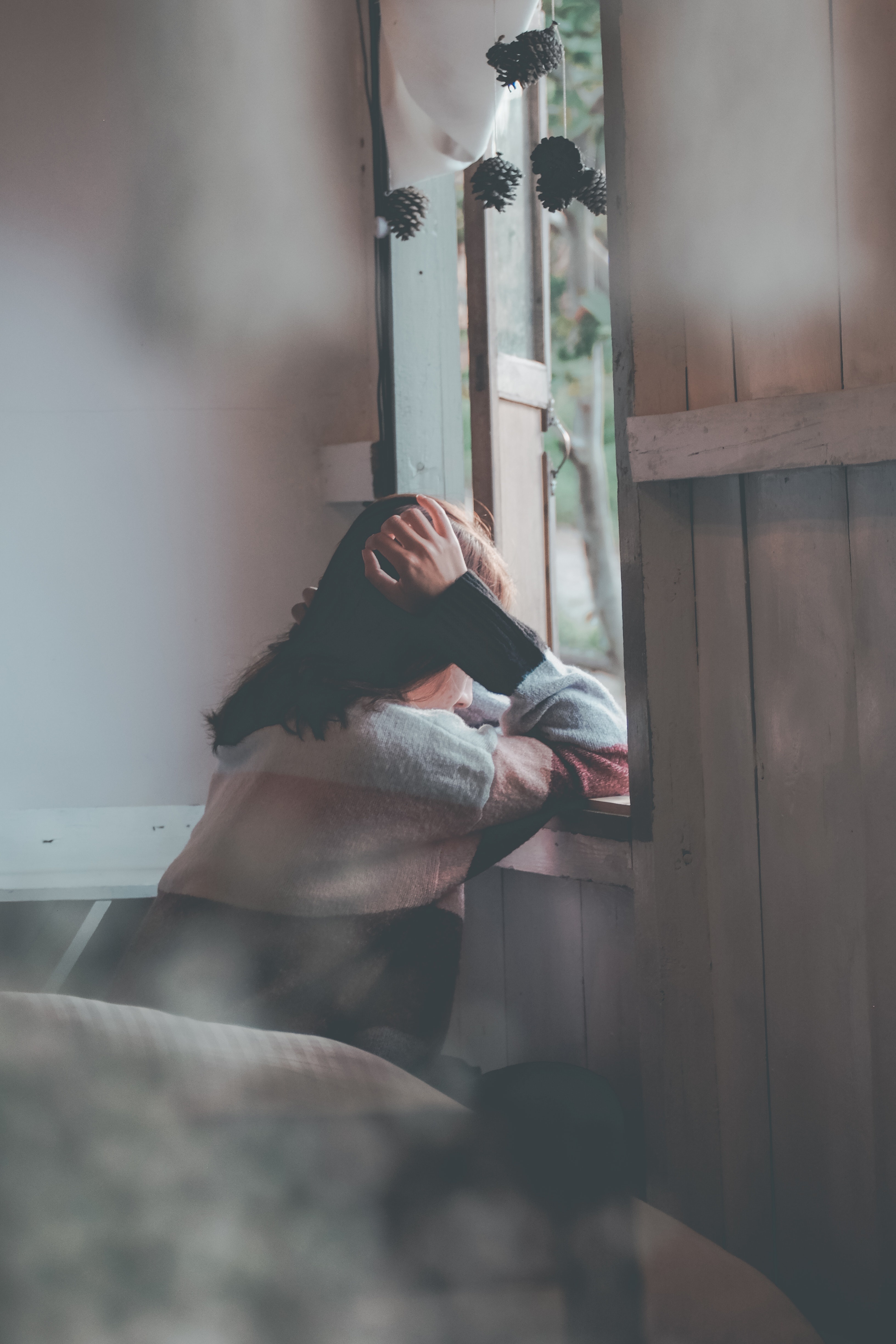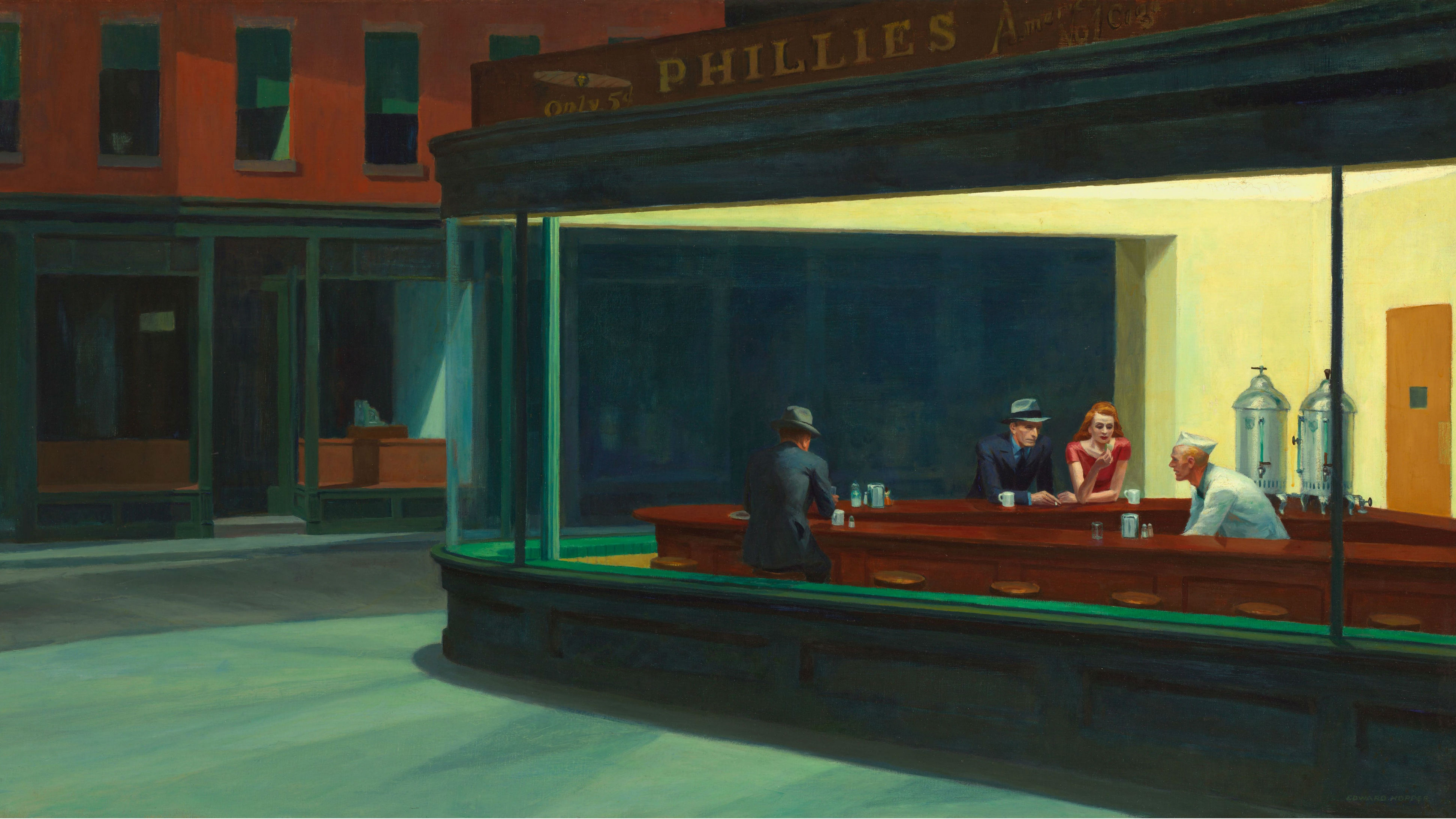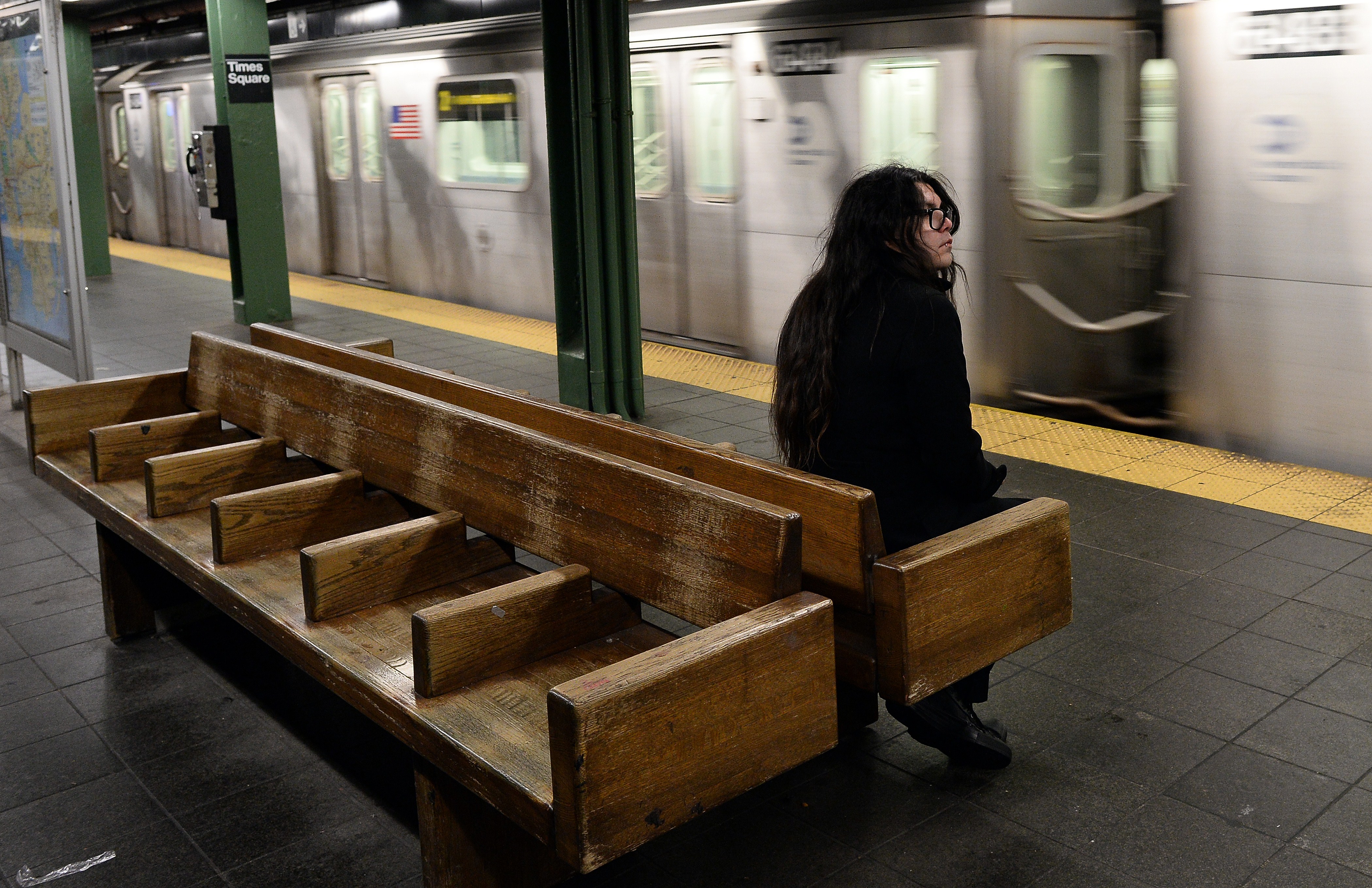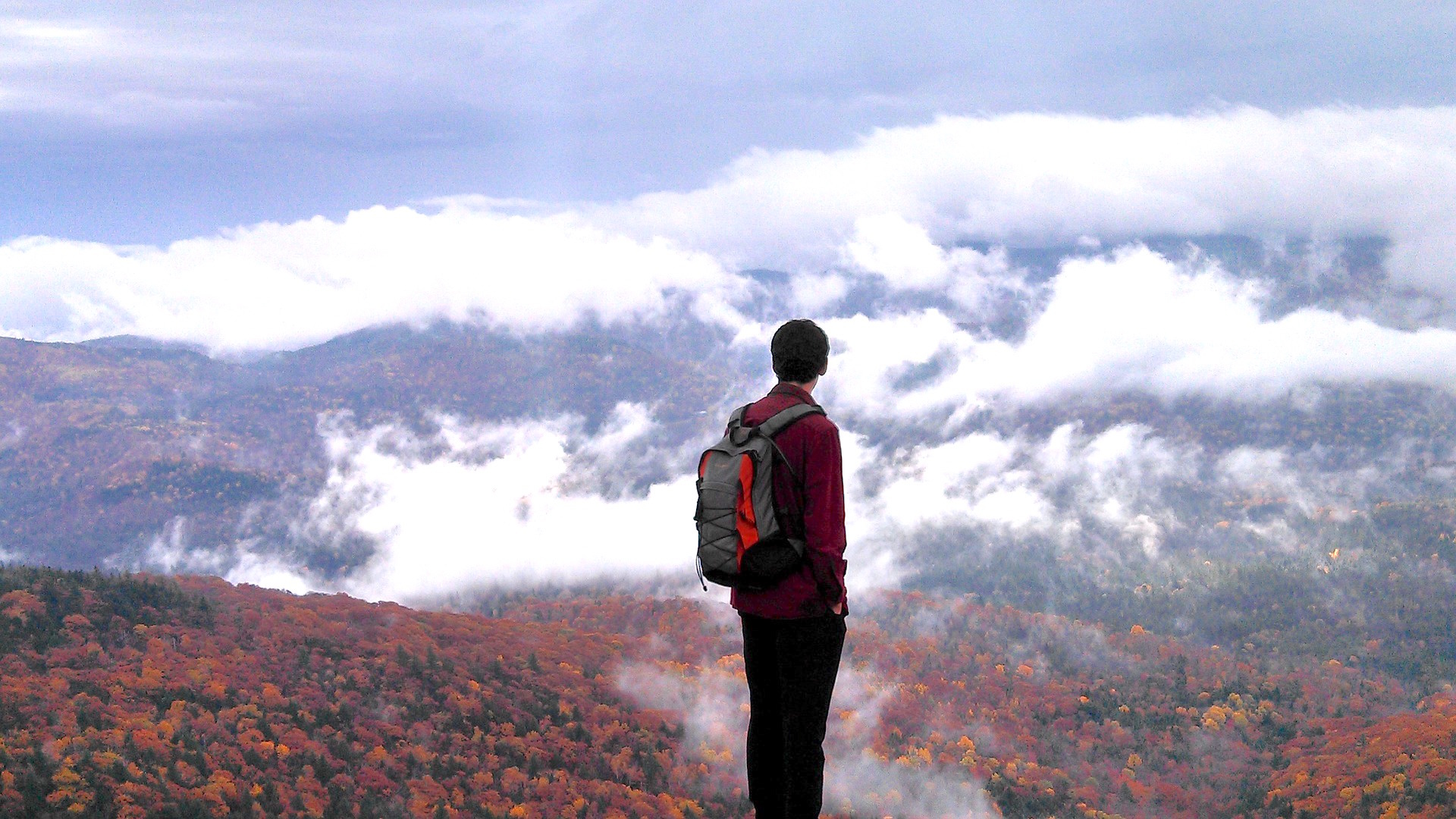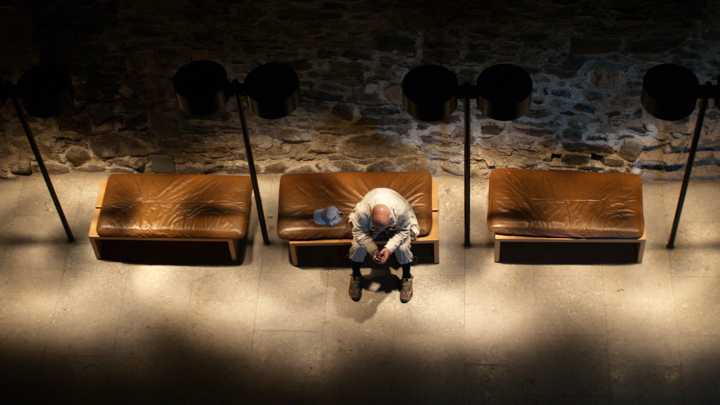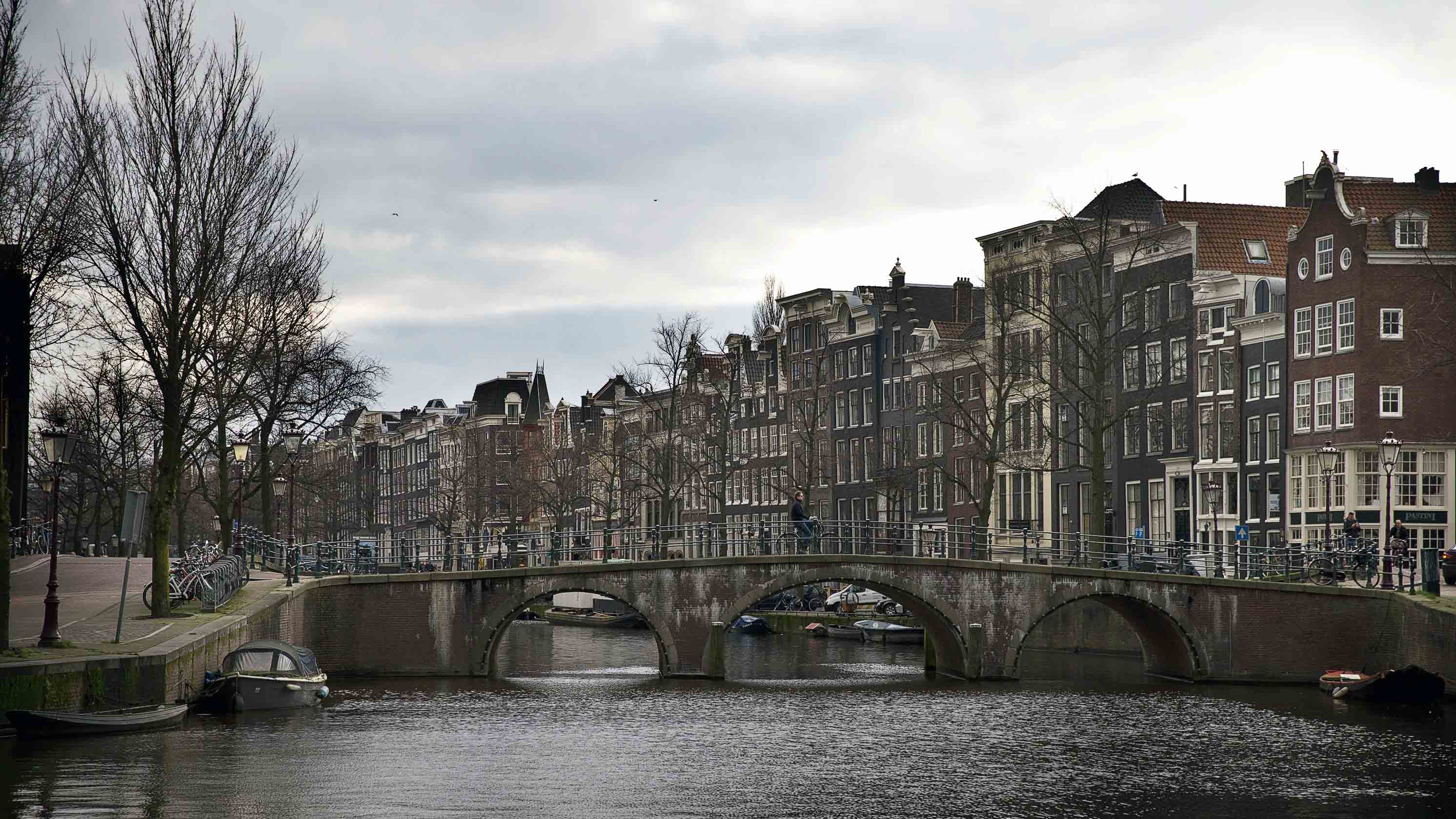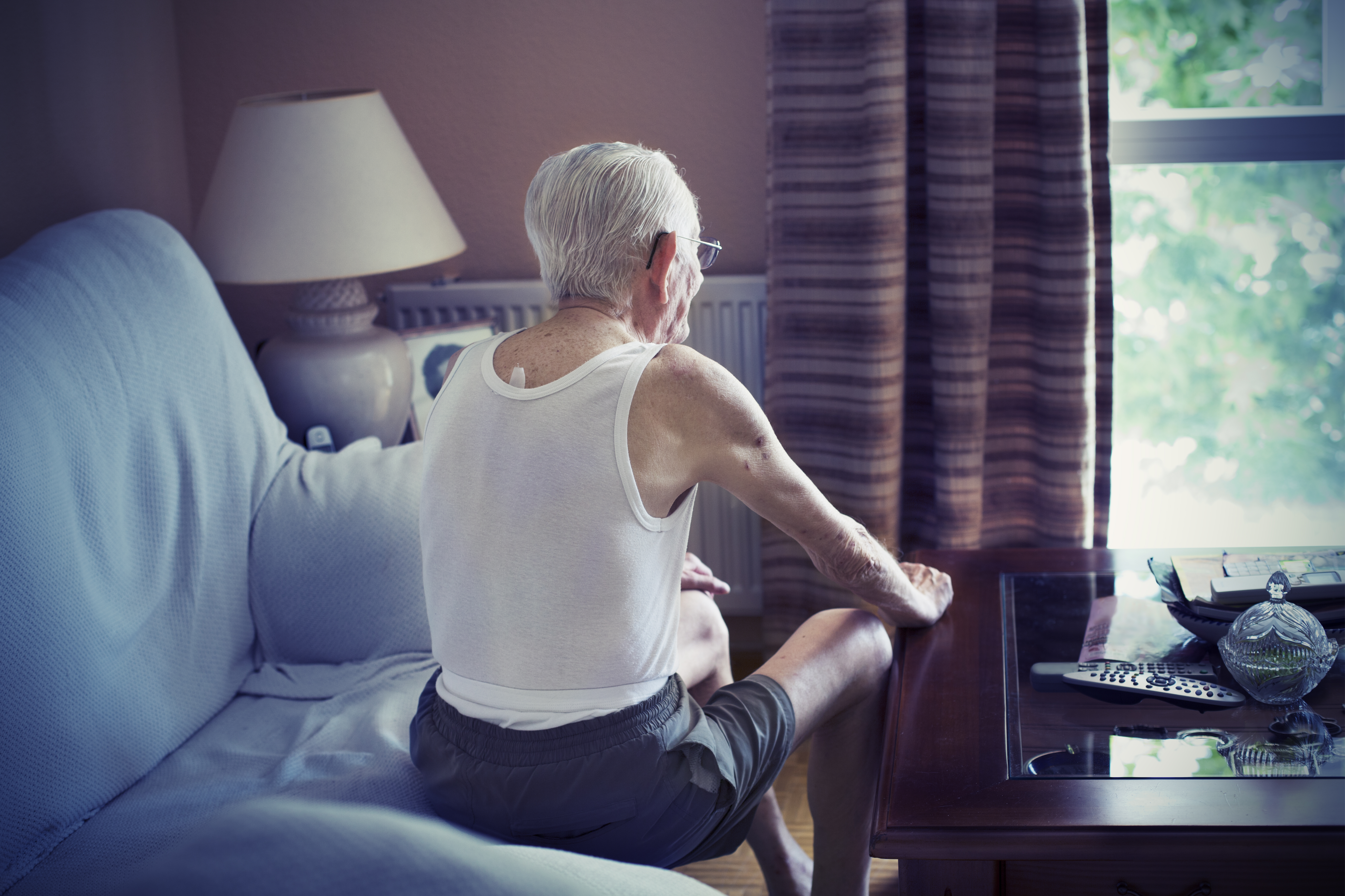loneliness
A large study shows changes in the brain scans of lonely people in the area involved in imagination, memory, and daydreaming.
MRI scans show that hunger and loneliness cause cravings in the same area, which suggests socialization is a need.
According to a new study, there are 4 different types of loneliness.
Thanks in no small part to the digitization of our social lives, depression is becoming a bigger and bigger issue in western societies. So how do we reverse it?
▸
5 min
—
with
Time on your own means time to tell the difference between right and wrong.
These findings fit in with an overarching evolutionary theory on loneliness.
We’re more lonely than ever and this is horrible. Equally horrible? We can’t bare to spend time alone.
Scientists are finding that loneliness has real medical consequences, and the brain sees it as pain.
Already a euthanasia pioneer, being the first to legalize it in 2002, the Netherlands may allow for the assisted suicide of older people who feel as if they’ve “completed life”.
1 in 3 people over the age of 65 live alone in the United States, and by age 85 it’s 1 in 2. Loneliness is an epidemic. Here’s how to fight it.
